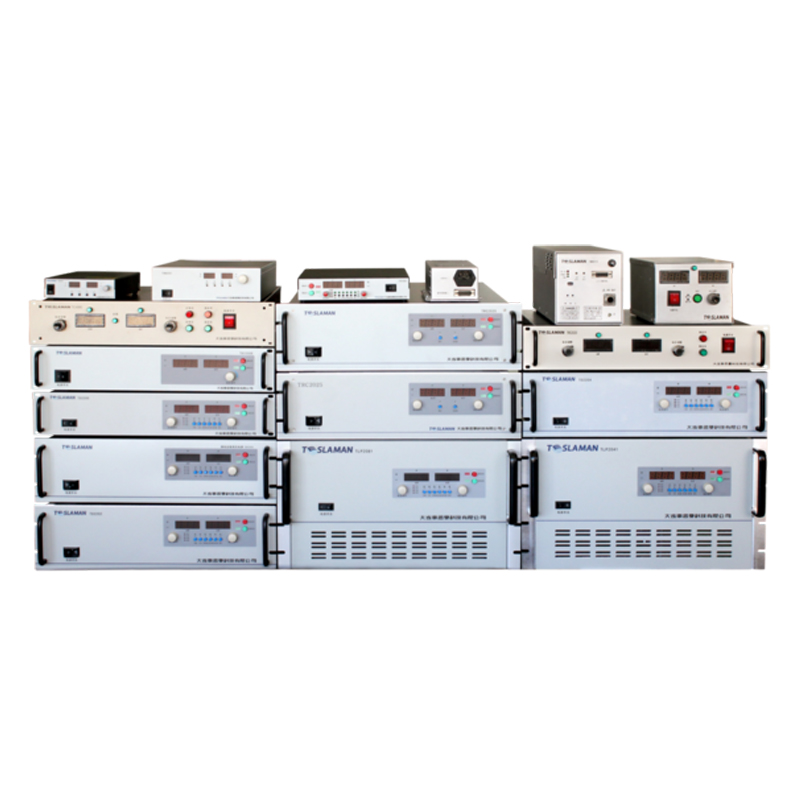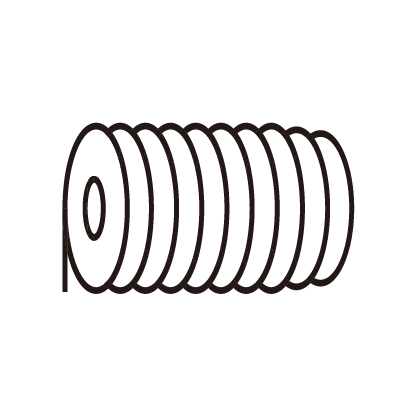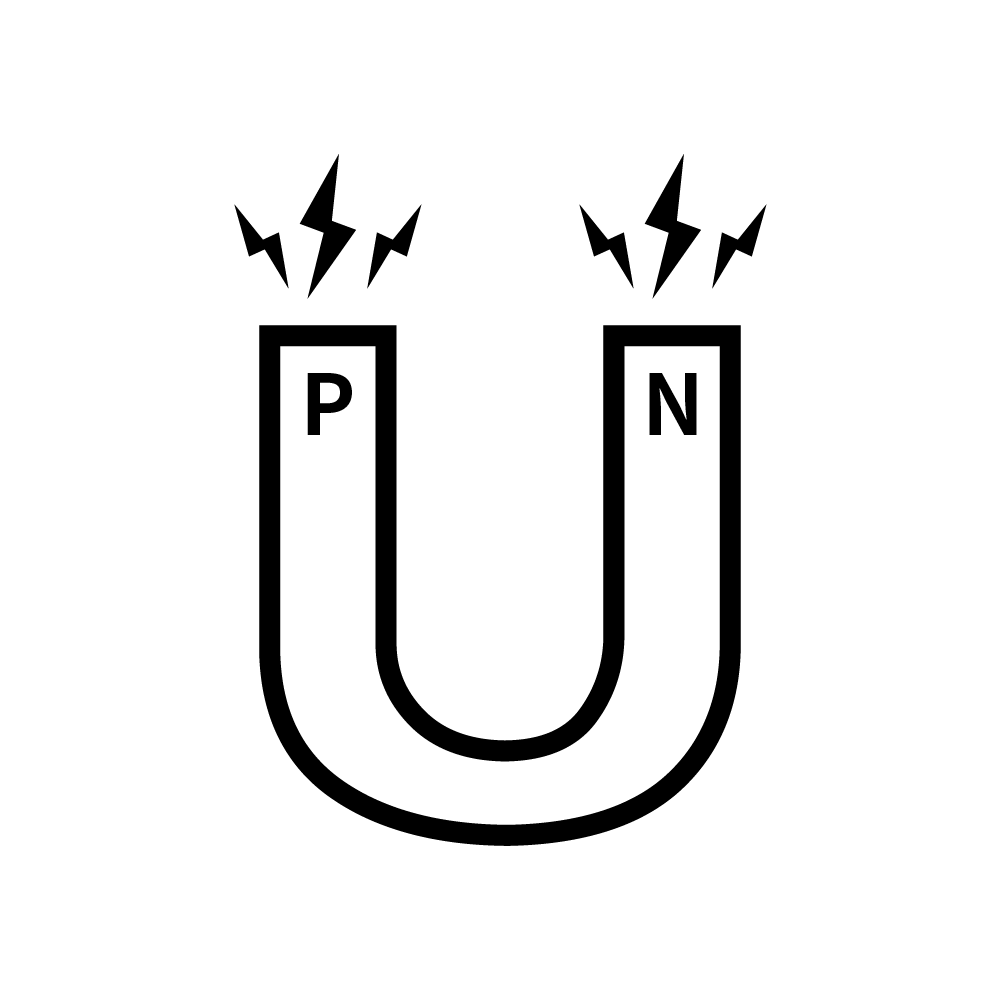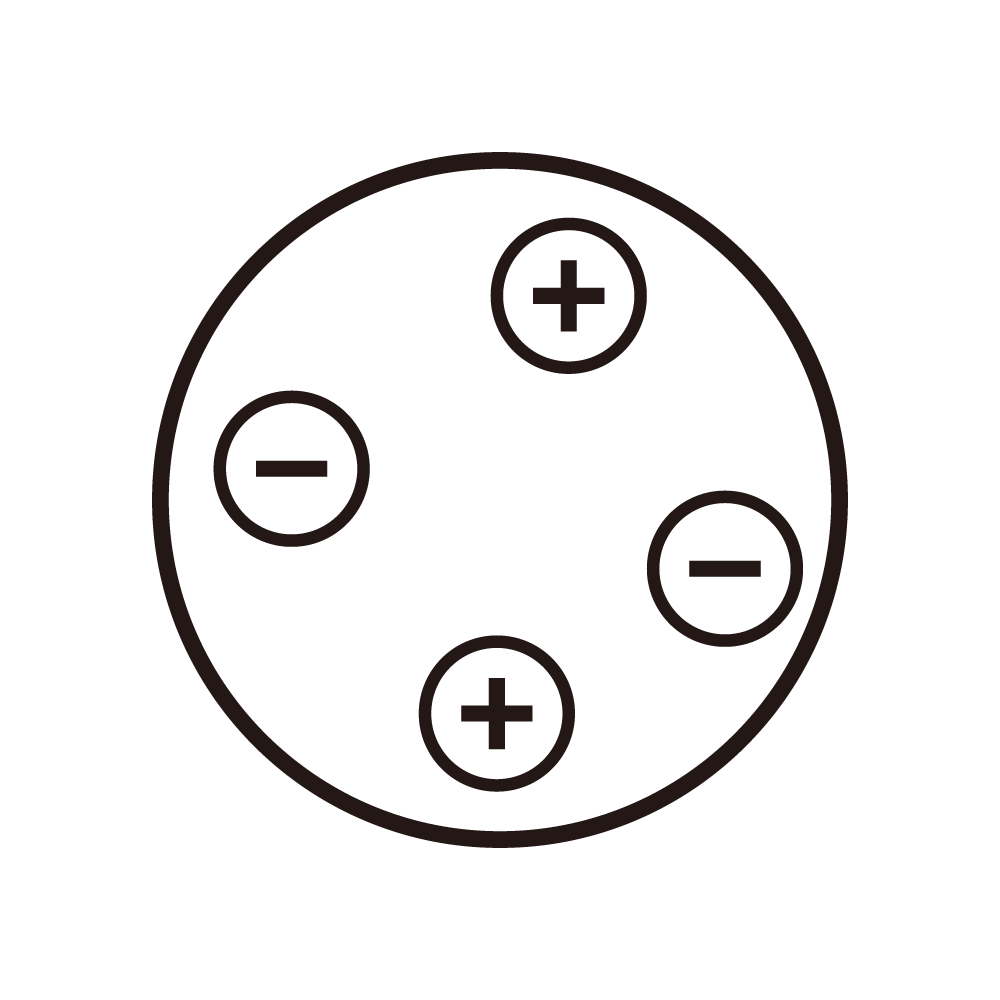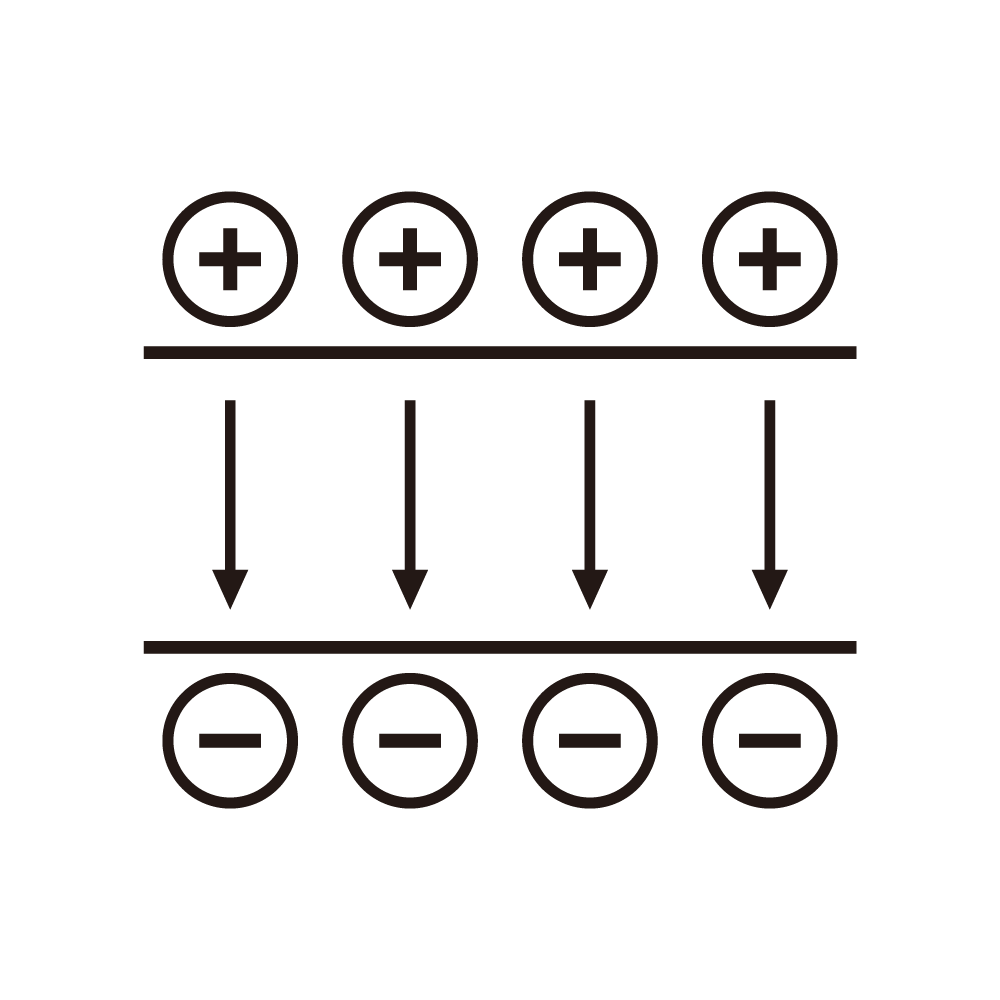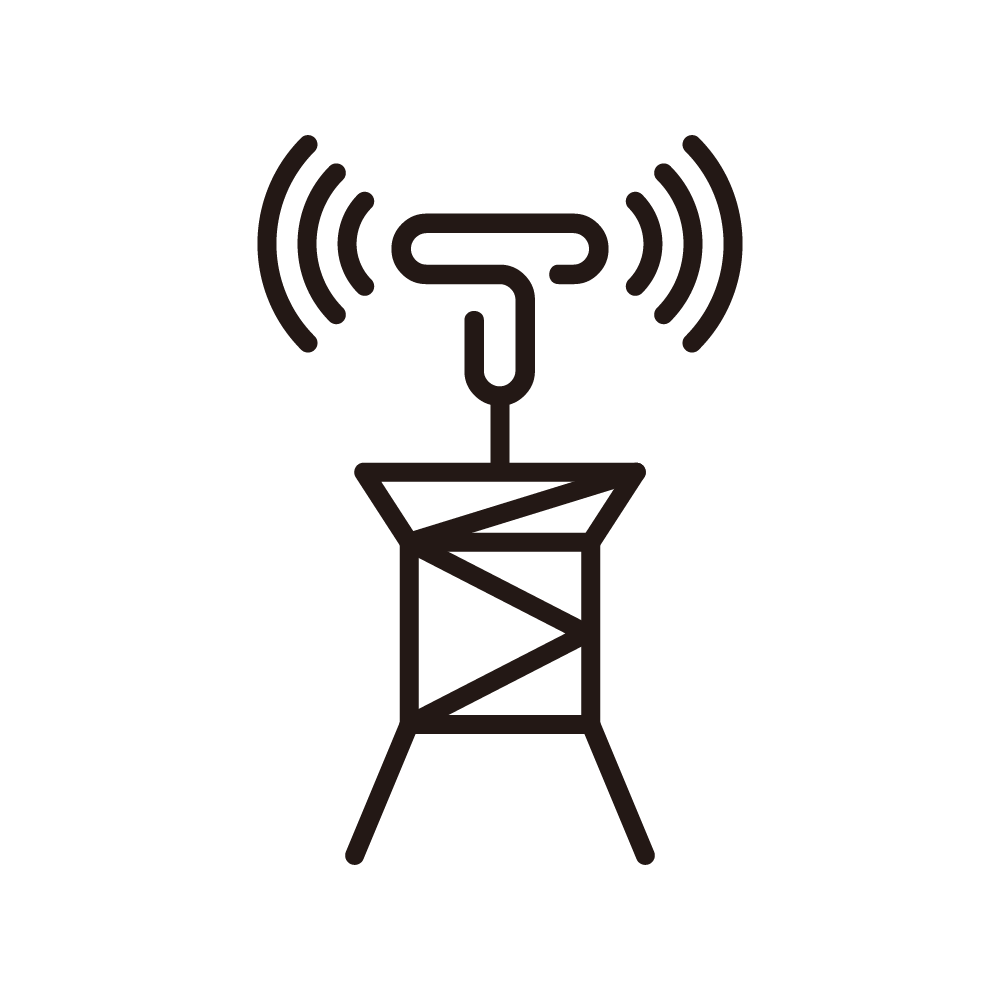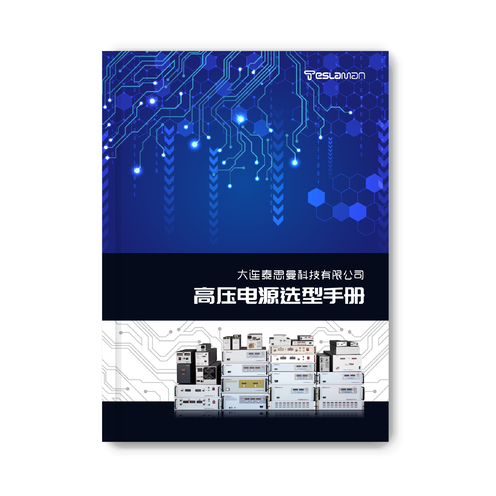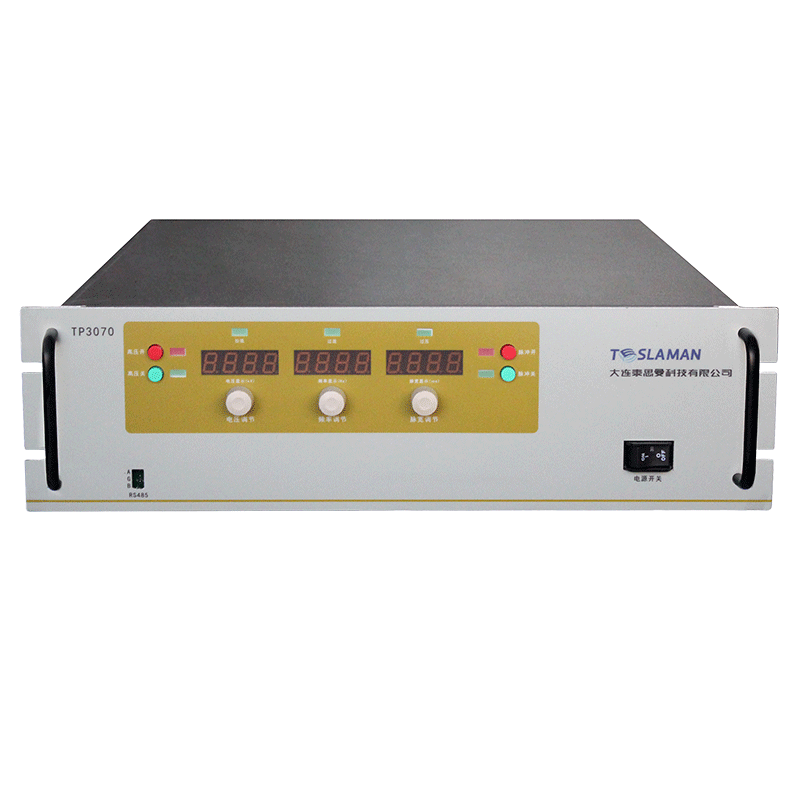Voltage Harmonic Analysis of 225kV High-Voltage Power Supply
In modern industrial and scientific research fields, 225kV high voltage power supplies are widely used in key aspects such as large scale particle accelerators, high power pulsed lasers, and the processing of certain special materials. However, during the operation of such high voltage power supplies, the problem of voltage harmonics cannot be ignored. It not only affects the performance of the power supply itself but also may cause many adverse effects on the entire power supply system and connected devices.
Voltage harmonics refer to the situation in the power system where, due to the presence of non linear loads, the voltage waveform deviates from the ideal sine wave, generating a series of sine wave components whose frequencies are integer multiples of the fundamental wave. For a 225kV high voltage power supply, the power electronic devices inside, such as rectifiers and inverters, are the main sources of voltage harmonics. When these devices are working, the current shows non sinusoidal characteristics, which in turn causes harmonic components to appear in the output voltage of the power supply. For example, when the high voltage power supply powers a particle accelerator, devices such as the radio frequency acceleration cavity in the accelerator are typical non linear loads. They draw non sinusoidal current from the power supply, causing harmonic distortion in the output voltage of the 225kV high voltage power supply.
The impact of voltage harmonics on the 225kV high voltage power supply and its related systems is multi faceted. Firstly, harmonics increase the losses of internal components of the power supply. Due to the presence of harmonic currents, the heating of components intensifies, and the resistance loss increases. Long term operation may cause premature aging and even damage of components, reducing the reliability and service life of the power supply. Secondly, harmonics affect the stability of the power supply output voltage. The superposition of harmonic components distorts the voltage waveform, resulting in fluctuations in voltage amplitude and phase. For application scenarios with extremely high requirements for voltage stability, such as power supply for precision instruments, this may cause measurement errors and even instrument failures. In addition, harmonics may also trigger resonance phenomena in the power system. When the harmonic frequency is close to the natural frequency of the system, resonance occurs, causing a sharp increase in voltage and current, seriously threatening the safe operation of the system.
To accurately analyze the voltage harmonics of a 225kV high voltage power supply, common methods include Fourier transform. Through Fourier transform, the complex non sinusoidal voltage waveform can be decomposed into sine wave components of different frequencies, thus clearly determining the frequency and amplitude of the harmonics. In addition, a harmonic analyzer is also an effective tool. It can monitor the harmonic content of the power supply output voltage in real time and display the harmonic spectrum in an intuitive way.
Regarding the voltage harmonic problem of the 225kV high voltage power supply, corresponding suppression measures need to be taken. During the power supply design stage, multi pulse rectification technology can be adopted to increase the number of pulses of the rectifier, reducing the generation of low order harmonics. At the same time, installing filtering devices is also a common means, such as passive filters and active filters. A passive filter filters specific frequency harmonics through a circuit composed of inductors, capacitors, and resistors; an active filter generates a compensation current opposite to the harmonic current by real time detecting the harmonic current, thus offsetting the harmonics.
In conclusion, in depth analysis of the voltage harmonics of a 225kV high voltage power supply and the adoption of effective suppression measures are of great significance for ensuring the stable operation of the high voltage power supply, improving power supply quality, and ensuring the normal operation of related equipment. It helps to promote technological development and application optimization in related fields.
